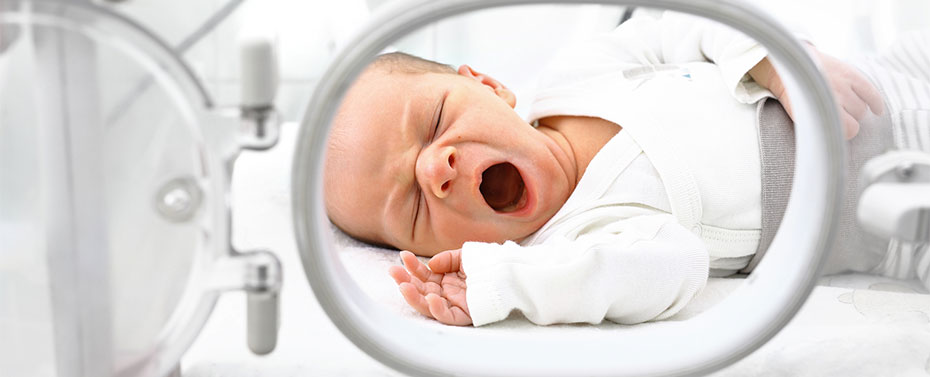Breastfeeding Premature Babies

Breastfeeding or Use of Expressed Breast Milk (EBM)
Breastfeeding or use of expressed breast milk results in improved outcomes, especially in premature babies. All babies who are breastfed for 4-6 months receive benefits. For preterm babies, these include easier digestion, quicker time to full feeds, less days with an IV, decreased length of stay, decreased infections including necrotizing enterocolitis (NEC), and improved neurodevelopmental outcomes.
Breast Milk Collection
We suggest that, as early as 3 hours after you deliver your baby, you should:
- Request a pump and pumping kit from the staff and pump every 3 hours. This has shown to help maximize your milk supply early on.
- Collect the milk in the provided bottles, place a label given to you by the staff, document date and time of collection on the label, and send the collected milk to the NICU for storage in a freezer or refrigerator.
- Talk to your insurance company regarding breast pump purchase; it is covered by most insurance policies. You can also rent a hospital-grade pump from the hospital gift shop on a monthly basis.
How to Feed a Premature Baby
Initially, your baby may be fed drops of your expressed breast milk, pasteurized milk from a human donor, or formula through a nasal tube (nasal gastric tube, or NGT) or orally (oral gastric tube, or OGT). As long as your baby is tolerating the milk, your doctor may increase the daily amount (by about a teaspoon). Once your baby is tolerating the full amount recommended, additives may be added to the milk or formula to provide extra calories, protein, and minerals that premature babies need to thrive and grow.
Once your baby shows feeding cues, he or she may try feeding by mouth.
Cue-Based Feeding
Cue-based feeding is designed to ensure a nutritional, enjoyable feeding experience for your baby at each feeding. It is a baby-driven readiness scale that is used to evaluate the baby’s readiness to feed orally by breast or bottle, instead of tube feeding through the mouth or the nose.
For each feeding, the staff will use three scales that help them understand your baby’s readiness to nipple feed, his/her feeding abilities and techniques needed to feed your baby successfully and enjoyably.
- Feeding readiness. Your baby is an active participant in his/her own care. You and the NICU staff will observe and assess your baby’s feeding cues at each feeding, i.e. “cues for hunger.” Examples of feeding cue behaviors are rooting (stroking a newborn’s cheek so that he will automatically open his mouth and turn his head toward the side that was stroked), hand-to-mouth movements, vigorous sucking on pacifier without satisfaction, and crying.
- Ability to nipple feed. This is assessed at each feeding. The NICU staff will watch to determine whether your baby can stay awake and alert enough to suck vigorously and enjoy the feeding, or whether nippling is too much effort.
- Successful nipple feeding. Techniques can be used to improve successful nipple feedings and will be discussed with you. These include side lying positioning, rest periods, pacing, slow/preemie flow nipples, and chin support.
If your baby tires during an oral feeding, tube feeding of the balance of the milk may be required to ensure adequate nutrition.
Pasteurized Donor Human Milk
Mother’s own milk is the best nutrition and protection from infection for preterm and low birth weight babies. If a mother is unable to provide enough of her own milk within the first few days of her baby’s life or thereafter, Englewood Hospital safely uses pasteurized donor human milk (PDHM) as an option. This is reserved for the smallest babies. Once a mother’s own milk supply can provide for the baby, the donor milk is discontinued.
Related News: Donor Milk Gives Tiniest Infants a Healthy Start
